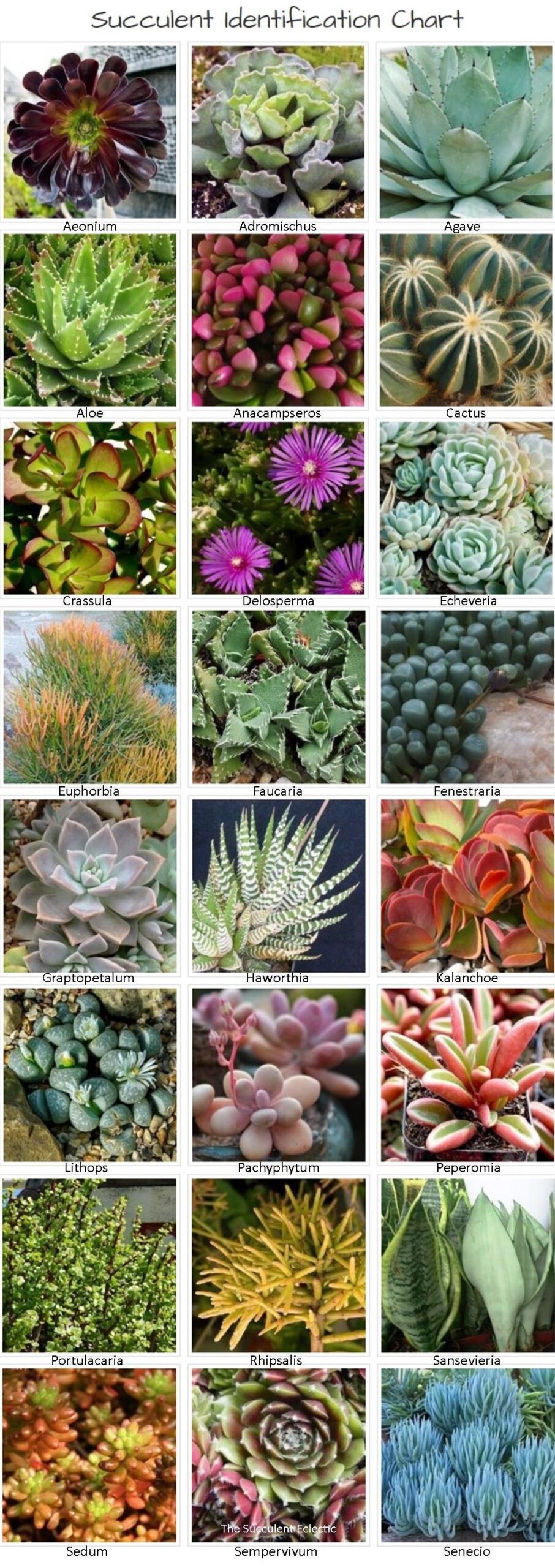The arid landscapes of deserts and rocky mountain ranges often evoke a sense of mystical allure, punctuating the vastness with their peculiar silhouettes. Among these peculiarities, cacti stand out as a symbol of resilience and adaptation. This article aims to delve into the myriad kinds of cactus plants, each exhibiting unique traits and adaptations that contribute to their fascination.
Although commonly categorized as succulents, cacti belong to the family Cactaceae, distinguished by their specialized morphology. While a common observation is that cacti are primarily found in arid conditions, they exhibit an incredible range of diversity, not just in habitat but also in structure, size, and color. Let us explore the different varieties of cacti and the inherent characteristics that make each one captivating.
Exploring the Vast World of Cactaceae
Cacti are classified into two principal types: columnar and globular. Each type encompasses a range of species, each with distinct adaptations that mirror their ecological niches.
Columnar Cacti: Reaching for the Sky
Columnar cacti, often referred to as the tall giants of the desert, are aesthetically striking and can achieve towering heights. The Saguaro (Carnegiea gigantea) is perhaps the most iconic example. Native to the Sonoran Desert, it can grow up to 40 feet tall and live for over a century, a testament to its enduring life span. Its “arms” begin to develop only after reaching around 50 years of age, leading to a particularly majestic appearance as it ages.
Another notable columnar species is the Organ Pipe Cactus (Stenocereus thurberi). Known for its unique, multiple-trunk structure, it thrives in rocky terrains and exhibits beautiful blooms at night, attracting nocturnal pollinators. This nocturnal flowering is an example of the plant’s adaptation to maximize reproductive success, enhancing its allure as both a botanical specimen and a study in evolution.
Globular Cacti: Nature’s Perfect Circles
On the other hand, globular cacti present a fascinating alternative to their columnar counterparts. The Echinocactus grusonii, commonly known as the Golden Barrel Cactus, is a quintessential representative. Its round shape and ribbed exterior create a visually pleasing geometry, while the vibrant yellow spines radiate like solar rays. This species has garnered considerable attention due to its compact size and resilience, making it a favorite among collectors.
The Mammillaria genus also exemplifies globular cacti, showcasing an extensive array of species that vary widely in size, shape, and spination. With over 200 species, these cacti can range from less than an inch tall to several inches in diameter. The crown-like blossoms, encircling the cactus in vibrant colors, make them particularly appealing during their blooming period.
Understanding the Ecological Importance of Cacti
Beyond their aesthetic charm, cacti play indispensable roles within their ecosystems. They provide sustenance and shelter for various fauna, from small mammals to birds and insects. The prickly pear (Opuntia spp.), for instance, is renowned for its culinary benefits as well as its ecological significance. Birds utilize the pads for perching, while insects feast on its nectar-rich flowers, facilitating pollination.
Furthermore, cacti have evolved an array of mechanisms to survive in their often-hostile environments. They possess specialized photosynthesis known as CAM (Crassulacean Acid Metabolism), allowing them to photosynthesize at night when the temperatures are cooler, thereby reducing water loss. This adaptation not only highlights their resilience but also unveils a complex relationship with their environment, underscoring the intricacies of desert life.
Cacti in Cultivation: A Passion for Variety
The fascination with cacti extends into horticulture, where enthusiasts celebrate and cultivate various species for their homes and gardens. The diversity within the cactus family is staggering, with species such as the Christmas Cactus (Schlumbergera) captivating indoor gardeners. Its unique flowering cycle around the holiday season, adorned with vibrant pinks and reds, contributes to its popularity.
Hybridization is another fascinating avenue within cactus cultivation. Breeders have combined traits from different species to create novel hybrids, resulting in unique colors, forms, and growth habits. For instance, the “Moon Cactus” (Gymnocalycium mihanovichii) is a product of grafting, with a vibrant, often fluorescent top atop a more resilient base cactus. This unconventional appearance captures the interest of many plant lovers, sparking conversations about the nature of plant breeding and genetics.
In Conclusion: The Ever-Enigmatic Cactus
Cacti encapsulate an intersection of beauty, resilience, and ecological significance. Their adaptations to extreme environments not only highlight their evolutionary success but also foster a deeper appreciation for the delicate balance of desert ecosystems. Each variety, whether towering or compact, serves as a reminder of nature’s creativity and resourcefulness.
Embracing the world of cacti invites aficionados and novices alike to explore diverse landscapes and engage in the stewardship of these remarkable plants. They are not merely flora in arid settings; they embody an enduring fascination that transcends their surroundings—inviting us to contemplate the resilience of life itself.





Leave a Comment